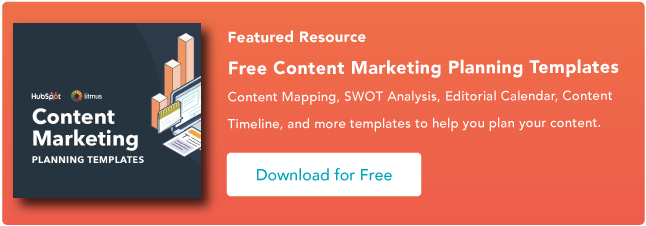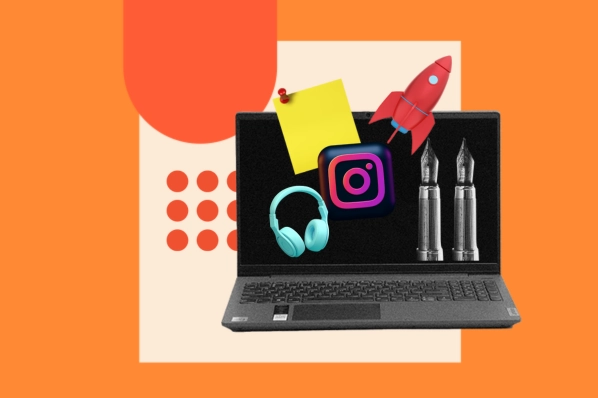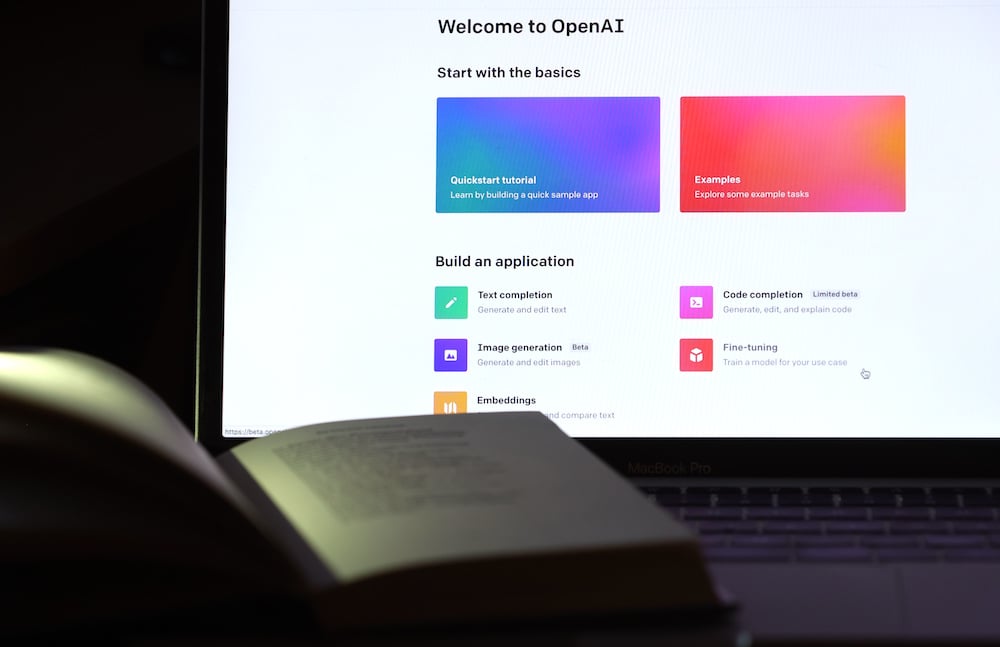Traffic is a low-impact word for most people but a high-impact word for marketers. Traffic can ultimately dictate success, whether it’s the number of leads that come to your website, visit your social channels, or watch your videos.

There are two different types of traffic you can have, organic and non-organic, that can come from all over: email, social media, organic searches, backlinks — the list goes on.
Non-organic traffic can be a bit harder to come by, which is why, when creating non-organic content, you want to ensure that it will drive results. However, it’s easier said than done when it comes to figuring out what works for your business. In this post, hear from HubSpot content strategists and marketers about the types of content that bring in the most non-organic traffic as inspiration for creating your own.
4 Content Types That Get Non-Organic Traffic, According to Content Strategists
Data-Driven Content
Pam Bump, Audience Growth Marketing Manager & Staff Writer for the HubSpot Blogs, says that she often sees solid non-organic traffic from email and social media to blog posts that feature statistics or recent industry figures. Bump says, “People love to share, link to, or read up on new data that impacts their career, industry, or lives in some way.
The data-driven content you share can be related to overall industry trends, stat roundup posts (like this one), and data comparison pieces, like this one about Millenials vs. Gen Z, written by Bump herself.
If you have the means, it’s worth considering running internal experiments and publishing your own original data. This can help you drive referrals and backlinks from other websites as non-organic leads and build your domain authority. When HubSpot does this, Bump says, “A credible website might include our data and say ‘according to Hubspot,’ and link to our original data post because it simply has information readers can’t get anywhere else.”
Content Featuring Quotes and Interviews
In the same vein as data-driven content, people want to learn something from what you have to offer, especially if they’re learning it from experienced industry leaders and professionals.
Bump gives a piece titled Marketing Trends to Watch in 2021, According to 21 Experts, as an example. It was written by MOZ CMO Christina Mautz, and she included quotes from reputable industry leaders. The piece was shared on HubSpot social channels and emails and has since received a significant amount of views from non-organic sources in just three months.
When you create content like this, the industry leaders you feature in the piece may share the posts with their audiences, helping you gain brand awareness and traffic from additional sources. Francesca McCaffrey, Tech Content Strategies, notes that leadership-type content brings in significant non-organic traffic for the HubSpot Product Blog, especially when shared on social media. She says, “Leadership thought pieces are also a significant source of non-organic traffic for us, as they tend to inspire lots of commentary and clicks on networking sites like LinkedIn.”
Emerging Trends
Making an effort to create content about emerging industry-related trends can do wonders in terms of attracting email, social media, and referral traffic.
Bump wrote a post about Clubhouse, a relatively new social platform that didn’t have high MSV search terms affiliated with it yet. Bump added headlines to the content that would gain traction when the app got bigger, like “What Is Clubhouse?” Since publication, the post has earned an impressive amount of non-organic views and, as expected, has picked up organic traffic as the app grows in popularity.
Covering emerging trends also helps you stay on top of new keywords that aren’t as competitive. If you’re one of the only sources creating content for the keywords, search engines will recognize you as a source of authority when the trend becomes more popular.
Technical Guides and How-Tos
McCaffrey says that technical guides and how-to type content from the Product Blog submitted to reputable industry sites perform especially well with non-organic traffic.
She gives this piece as an example that was submitted to Hacker News, a reputable cybersecurity publication. McCaffrey says, “Making it to the first or second page of a site like Hacker News can really boost non-organic traffic, and translate into organic traffic over time. The piece made it to the front page, driving thousands of viewers to that post in a day.”
Like pieces containing quotes and interviews, this type of content performs well because people can learn from it; they can take away actionable skills to apply to their own lives.
All in all, the content you choose to create should directly relate to your business, as you’ll find the most success if you’re creating content your audience is already looking for.
However, it’s worth considering purposely creating content that you know has the potential to bring in a significant amount of non-organic traffic. Leverage these tips from expert HubSpot content strategists, and begin creating content that drives traffic.




![What Businesses Get Wrong About Content Marketing in 2024 [Expert Tips]](https://blog.hubspot.com/hubfs/half-hearted%20content%20marketing.png)

![The State of Content Marketing in 2023 [Stats & Trends to Watch]](https://blog.hubspot.com/hubfs/the%20state%20of%20content%20marketing%202023.jpg)



![16 Best Ways to Increase Content Reach [+Free Content Reach Kit]](https://blog.hubspot.com/hubfs/Copy%20of%20Untitled-Oct-27-2021-03-48-51-18-AM.png)
